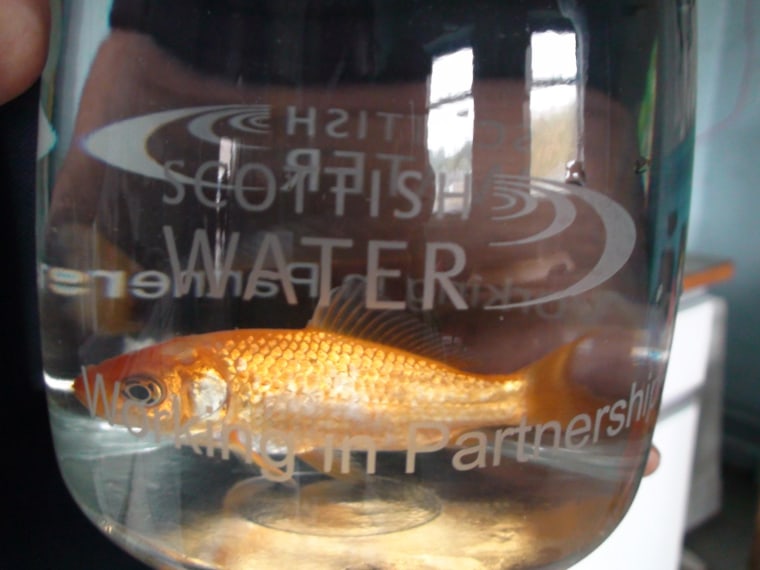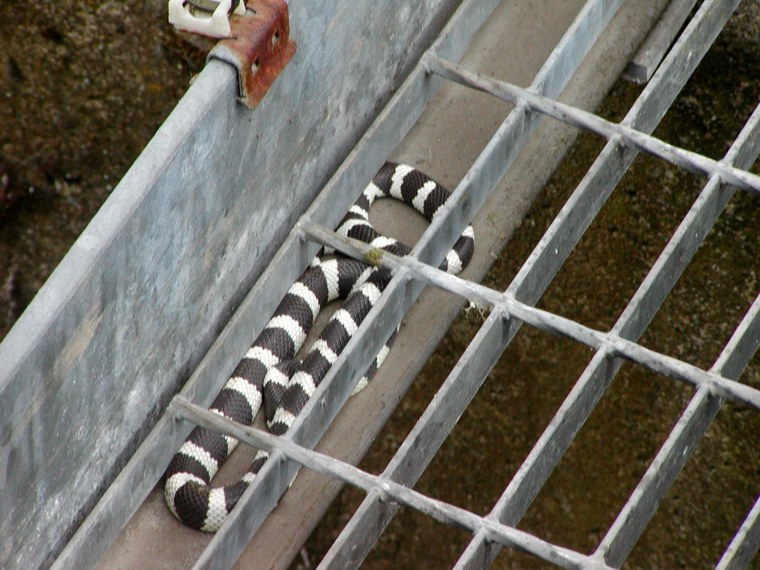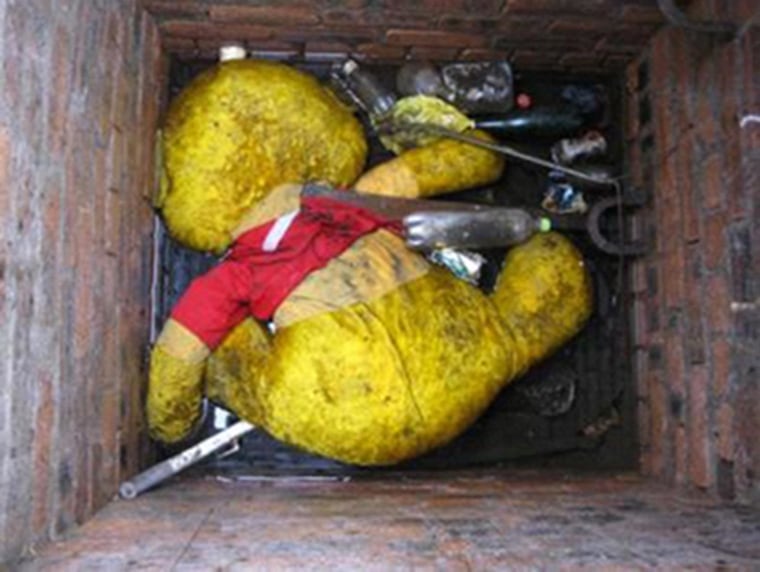A Winnie the Pooh stuffed bear, a railway sleeper, a "fully functioning" clothes iron, an orange, a traffic cone and a set of false teeth are among the objects recovered by wastewater management crews from the underground sewers of Scotland, according to the company manning the sewer system in northern U.K.
A one-time employee of Scottish Water even spotted his credit card in the sewer network, after someone stole it from him at a bar.

The pipe specialists at Scottish Water, headquartered in Edinburgh, spent $11.6 million (7 million GBP) removing 40,000 objects from the plumbing and sewage system last year. On Monday the company launched a campaign to inform citizens about the objects they could and could not flush down the toilet or kitchen sink.

The assortment of objects found in the Scottish pipes are in addition to the usual aggregation of grease, fats and most recently, un-dissolvable wet wipes, which collect into ever-expanding monster globs called "fatbergs."
One epic 15-ton fatberg, the size of a schoolbus, had to be hacked out from under Kingston, Surrey, last year using water jets and spades; smaller sightings have occupied sewage workers in the U.S., too. Icky though they may seem, fatbergs cleared of their clutter could be put use: as a source of energy, enough to power 40,000 London homes every year, London’s chief flusher told National Geographic.
